An honest guide to Copacabana and Lake Titicaca
Updated May 2024
The bus ride was bumpy. All passengers squeezed in a tiny van, unable to stretch properly if necessary headed to Bolivian Copacabana. It was my first time and I wish I had a guide to Copacabana and Lake Titicaca at that time.
The plans of visiting the highest lived lake in the world started two years ago when I first stood on South American soil. It somehow seemed very exotic to be in such far-away place where, as it is believed by indigenous people, the world was born. It was definitely a desired by us destination, one amongst many, of course. It somehow was difficult to achieve though.
With so many plans, arrangements and job schedules in- between so many travels, Copacabana was somewhere far on the list. This continent has so many amazing places to offer that almost always something else was more appealing and tempting. Come on! It was not a difficult decision to choose between Copacabana and Galapagos, for example, or Machu Picchu or Easter Island. So ticking off all those incredible places first, we said to ourselves that we will go to Titicaca if time lets us.
Why to visit Copacabana
I had mixed feeling about Copacabana. On one hand it was a place I learned about in school, so far away, so mysterious and full of legends. It must be incredible, right? And besides it is so cool to visit all the ‘the biggest’, ‘the smallest’, ‘the highest’ and so on places. Lake Titicaca is the highest navigable lake in the world, so it made it quite appealing to us.
Lake Titicaca- a birth place of the Sun
Lake Titicaca is a sacred place in Bolivia. According to the Incas it was a birthplace of the world. It all started from the god Viracoca rising up from the lake after a big flood to create the sun, moon, stars, and first people (Mallku Kapac and Mama Ocllo). The world was created.
There are ruins proving the long and amazing history of this place. Recently a big temple was discovered in the lake that is estimated to be 1500 years old. There is no end of the fascinating mistery and legends of this place.
The two island Isla del Sol and Isla de la Luna are the main places of interest. They are full of history and ruins. There are two sacred mountains on those islands, Paccha Mama (Mother Earth) and Paccha Tata (Father Earth) where on January 18 the locals dressed in traditional outfits walk up the hills. On their way down they offer grains, coca leaves and alcohol to the Mother Earth with thanks for its fruits. Pachamama is very important in Bolivia. People give thanks and respect to the Mother Earth hoping it will give them resources for good life. This tradition is extremely interesting, I think. If you’d like to know more, you can read about it in the book “Chinkana of the Titicaca”.
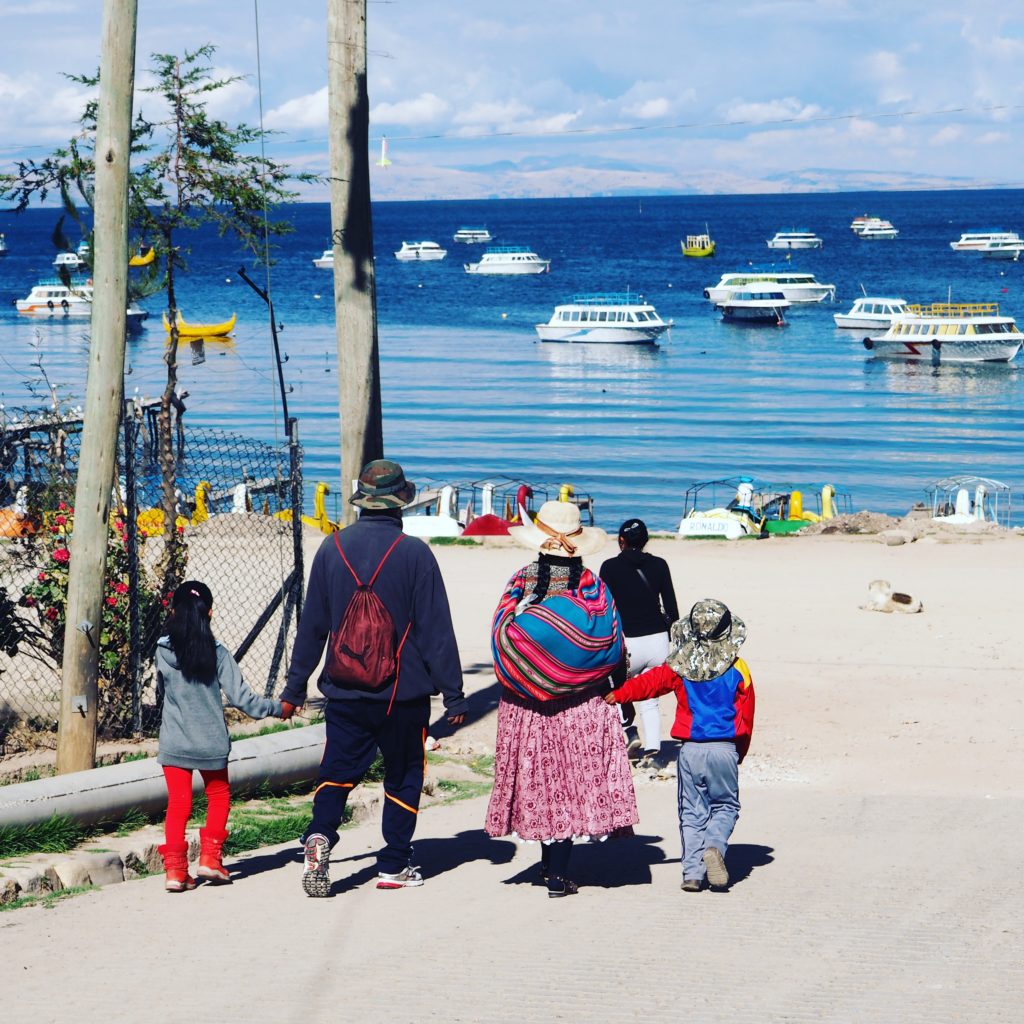
What to see in Copacabana and Lake Titicaca
Car blessing ceremony
We happened to be in Copacabana over the weekend. We heard previously that every Sunday in front of the church there is a blessing of cars. We were intrigued. The street turned into hundreds of colours filled with cars, new and old, and stands selling fresh or cheap fake flowers, balloons, pom-poms, confetti, plastic shiny little hats and any other things with a decorative purpose to be put on the cars. I must admit that it was something interesting to watch. The street was filled with cars lined up and many families traveled from far away to receive the blessing for their vehicles. It is so important that some people drive from the other side of the country to bless their cars.
In Bolivia there is an opportunity to experience many indigenous rituals, superstitions and ceremonies celebrated to these days. Car blessing is a popular ceremony. Everyone who buys a car, whether it is new or second-hand, gets it blessed.
I love discovering funny, quirky or simply different traditions in other countries. What about you, guys?
Discover more of Copacabana and Lake Titicaca here:
Go to Isla del Sol
Visiting Isla del Sol, nestled on the tranquil waters of Lake Titicaca, is a journey back in time to the heart of Inca mythology and Andean culture. This sacred island, believed to be the birthplace of the Inca sun god, Inti, captivates travelers with its rugged landscapes, ancient ruins, and traditional Quechua communities. As you explore Isla del Sol, trek along ancient stone paths to archaeological sites like Pilko Kaina and Chincana, where remnants of Inca temples and terraces offer glimpses into the island’s storied past.
Explore tours to Isla del Sol through Trip Advisor.
Hike Cerro El Calvario
This is the best spot to watch sunset from. Once you get to the top, you will have an extensive view of the lake. You will also realize then how huge this lake is!
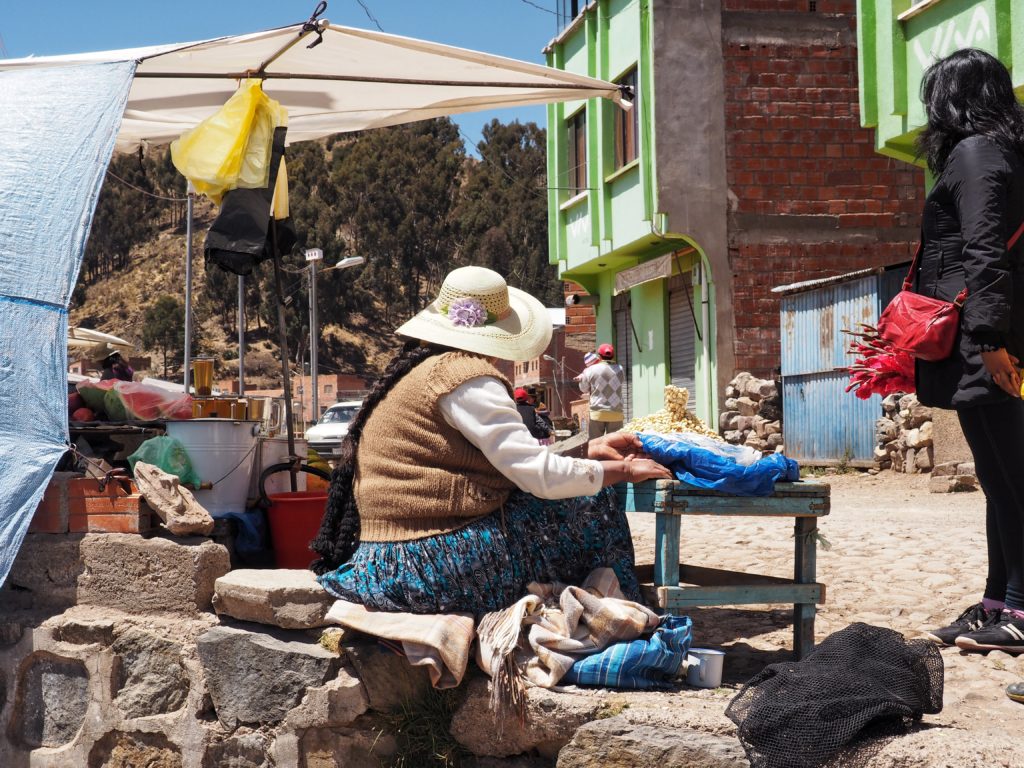
How to get to Copacabana
We landed in La Paz early in the morning, plenty time to go to Copacabana. Very little plans were made beforehand. We do not plan our trips much ahead, we tend to go with the flow and be prepared to whatever the trip is offering. That’s what happened this time, too. After two years of postponing this trip, we were happy to be finally there.
Book your flight to Bolivia here or sign up to Jack’s Flight Club for weekly offers.
By local bus from La Paz
With previous experience of bus rides in Bolivia I feared that this one would be smelly and dirty. It wasn’t. The van was small, but not dirty at all. After an overnight travel from Chile by bus, then by plane, half of the morning in the small van felt long. We could not help it but have a little snooze from time to time.
After nearly 3 hours of being squeezed at the back of a small van, followed by a short boat ride, then more in the van, we arrived to oh-so- famous Copacabana, a little town near the border with Peru.
Buses depart regularly from La Paz’s main bus terminal, Terminal de Buses La Paz. The journey takes approximately 3-4 hours, depending on road conditions and stops along the way. Several bus companies offer services to Copacabana, with varying levels of comfort and amenities. I recommend to book your bus ticket in advance, especially during peak tourist seasons, to secure your seat.
By bus from Puno
If you are coming from Peru, Copacabana is accessible via a combination of bus and ferry from the city of Puno, located on the shores of Lake Titicaca. Buses depart from Puno to the Kasani border crossing, where travelers must go through immigration procedures before continuing to Copacabana. After crossing the border, travelers can take a short ferry ride across the Tiquina Strait before reaching Copacabana.
Book your buses in Bolivia in advance here:
By private transportation
If you are seeking a more comfortable and flexible travel option, private transportation is available from La Paz to Copacabana. Many tour operators ( I usually check the reviews on Trip Advisor) and taxi companies offer private car or van services for travelers looking to explore the region at their own pace. This option allows you to customize your itinerary, make stops at scenic viewpoints along the way, and travel in comfort with a knowledgeable local driver.
I am not sure if I’d recommend renting a car and driving by yourself as I did not do that in Bolivia myself.
By ferry from Tiquina Strait
Another unique way to reach Copacabana is by ferry across the Tiquina Strait, which separates the mainland from the peninsula where Copacabana is located. Travelers driving from La Paz will reach the town of San Pablo de Tiquina, where they must disembark from their vehicle and board a small passenger ferry to cross the strait. Once on the other side, you can continue your journey to Copacabana by road. This scenic ferry crossing offers stunning views of Lake Titicaca and the surrounding mountains.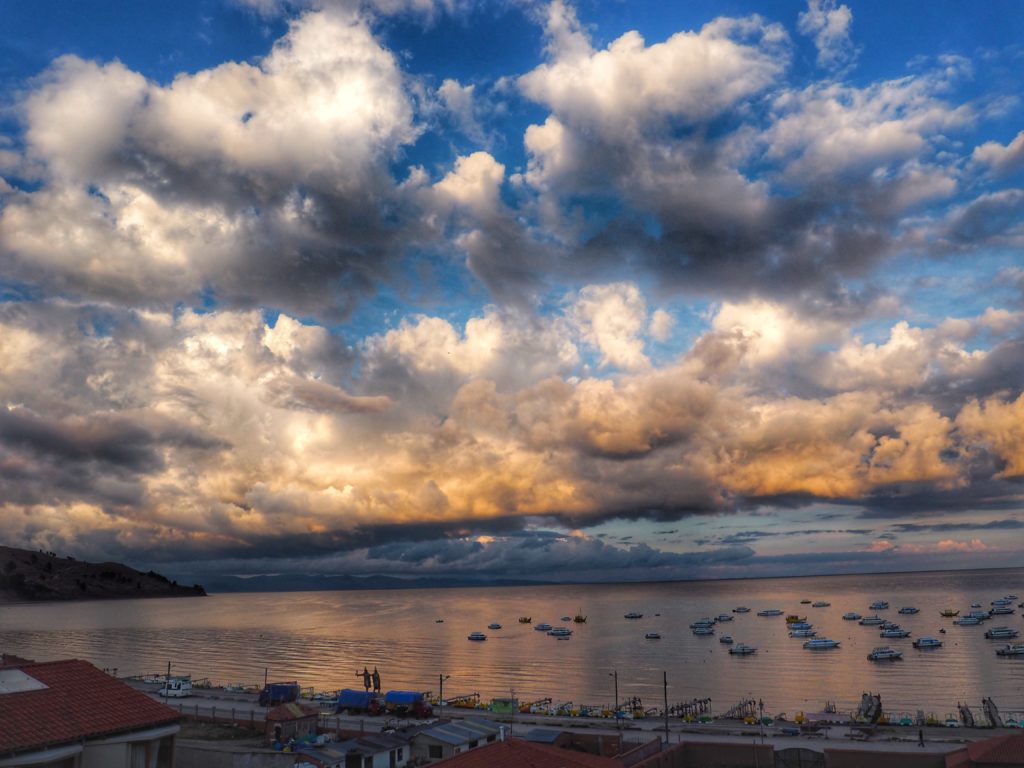
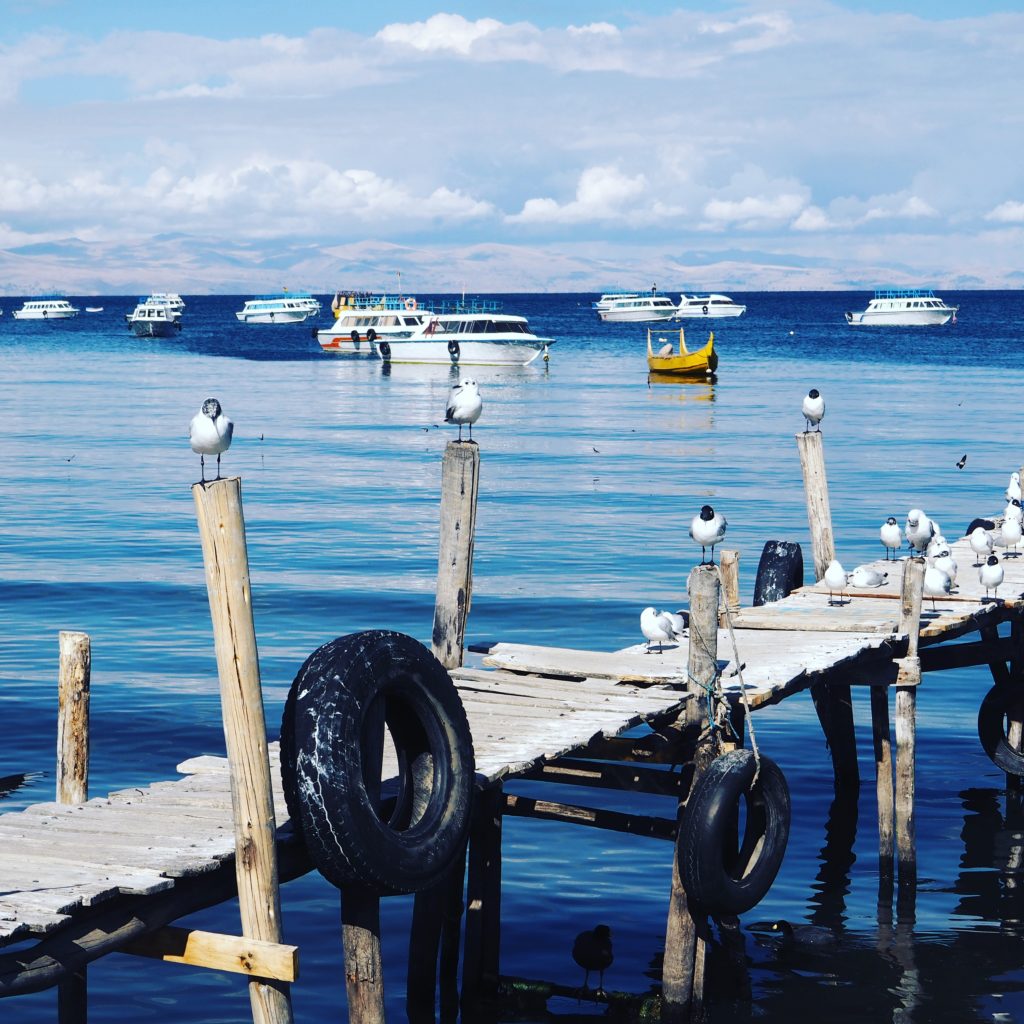
Where to stay in Copacabana
There are quite a few nice hotels in Copacabana, for example this quirky hotel with over 600 hundreds 5-star reviews.
High altitude was doing its job and our movements were like on a slow-motion mode (read my post about how to manage high altitude sickness). Copacabana was (well…is) small but hilly. Walk to our hotel took us a while, but the hotel was amazing.
As you might know, Bolivia is very colorful. One of the most colorful places I have been to. The hotel was not only pretty, but also very comfortable. When we travel to high altitude places we usually try to stay in nice and comfortable places, especially due to the fact that I suffer altitude sickness quite severely at times. I cannot imagine myself being so unwell and at the same time be cold, lack hot water in the shower or sleep in an uncomfortable bed. I like my cosy necessities when I am not well.
A few other hotels worth looking at:
- Hotel La Cupula– 4.5 rating on Trip Advisor. Great panoramic views of the lake.
- Suites Sultan -9.2 rating on Booking.com
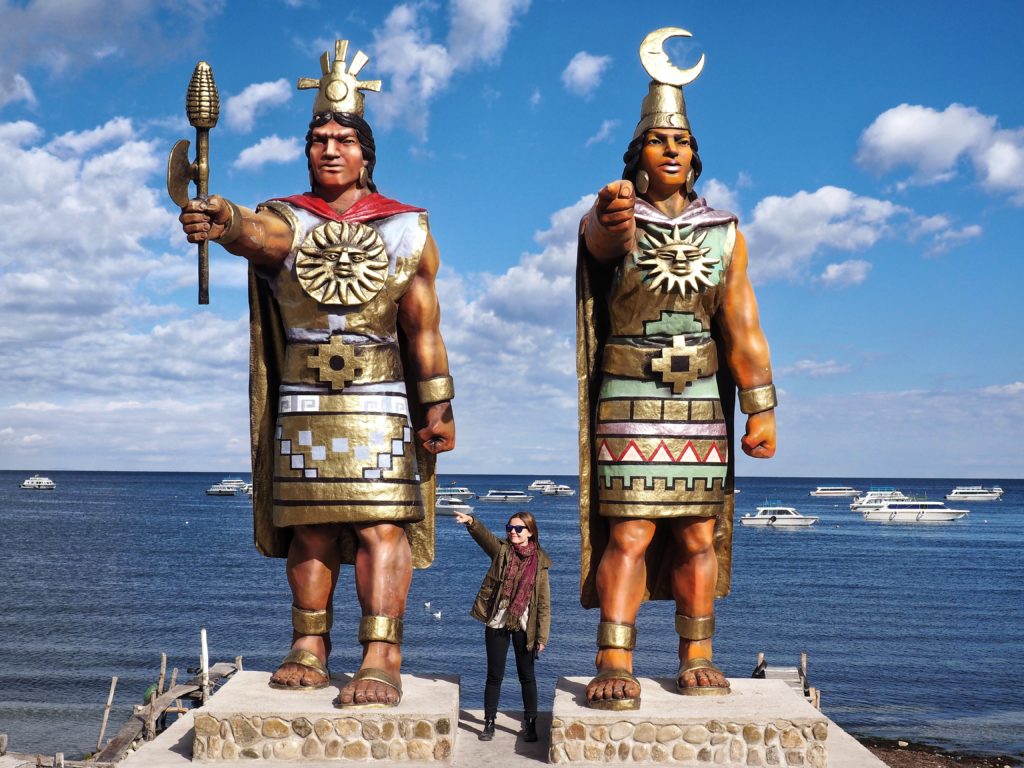
My honest opinion of Copacabana
Copacaba town itself was a little bit disappointing. The lake however was more beautiful that I could imagine. Its electric blue colour was making my photos turn out so pretty and the sunset and the sunrise were addictive to watch. The first night we sat down on a balcony of one of the restaurants looking over the lake to see the sunset. At that point the temperature dropped rapidly and it got really chilly. We order crepes with melted chocolate to go with the sunset show (the worst possible crepe ever!), but it was so beautiful that the ruined dessert did not affect my mood too much.
The next day we woke up early. It is unusual for me to set an alarm very early in the morning to see the sunrise, but after the orange show from the previous night I was so curious to see how the sunrise over the highest lake may look like. The hotel was situated on a hill and our room had a balcony, from where we could watch the start of a new day. The air was crisp and fresh, a luxury for us after so much time spent in the desert of Atacama in a polluted city.
We really organized ourselves carefully to be able to plan this trip over a few free days, so we had our hopes quite high. Then we arrived to Copacabana and my enthusiasm dropped a bit. This little town seemed to exist especially for tourists. The long-lived traditions of the indigenous people were still (luckily) visible, but the tourism took over the charm of the town.
On every corner small shops were selling cheap, massively China- made souvenirs. Employees of the restaurants along the shore of the lake were just waiting to wave the wrinkled menu lists in front of our faces. Something you get in flooded by tourists beach places.
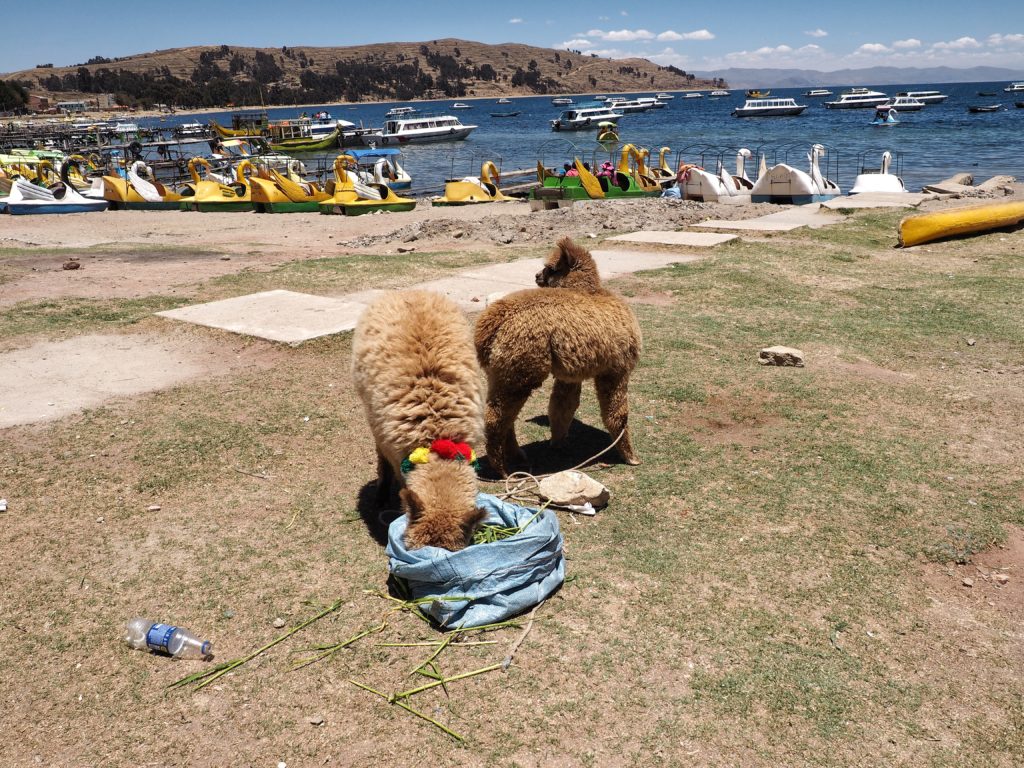
The narrow stripe of the beach was covered with plastic, sun-faded swans that you can take on a ride on the lake. My attention was guickly fixated on the cute baby llamas munching on a mid-day snack. It turned out that they were working their day shift by attracting tourists, who were forced to pay their fee for taking photos of those pretty animals.
The locals did not like being photographed. It is ok, I can understand that, but it seemed almost impossible to take photos of anything there because I was getting looks and words from people, even if they were far in the background. I think that I never got so many angry comments as I got on my travels to Bolivian places.
See also:
Keep calm…and go to Chile. What you need to know before your trip.
A quick guide to Potosi, Bolivia: all you need to know
That one time I went to Uyuni, Bolivia.
Getting high? 8 tips how to survive high altitude sickness
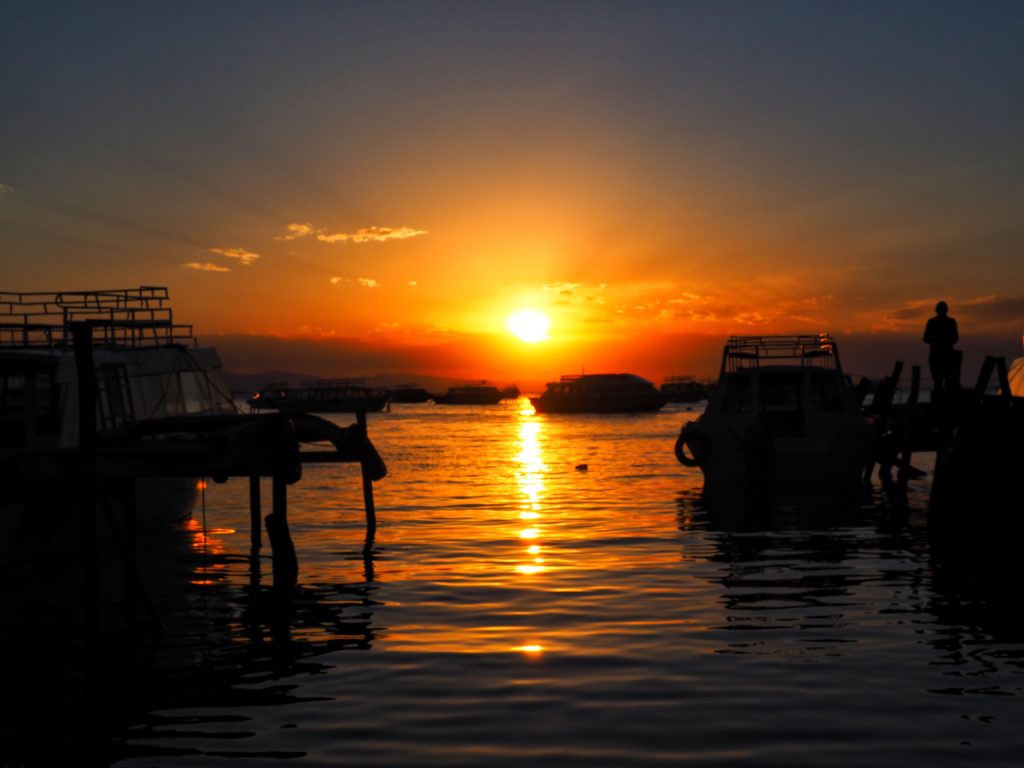
Should you take or not excursions and tours?
As I already mentioned earlier, Copacabana seems to be especially prepared for tourists. It is smart to use any resources available to get income. It makes me sad however, at times, that so many amazing places with rich tradition turn into carefully organized places for tourists. It makes them loose their beauty a little bit. Hence my mixed feeling about this place. As much as I thought that the lake is incredible, Copacabana was a bit disappointing. It was still great to be there, no complaints about that. I just love being in new places.
There are a few tours you can take in Copacabana. We did not take any of them. The reason was twofold:
First, we were tired and a bit lazy and just wanted to slow down a little bit and enjoy walking around and peace and quiet. We did a few very dynamic trips before and I guess the batteries just burnt out.
Second, we lacked motivation after hearing that most of the things happening there are prepared specifically for tourists. Don’t get me wrong, I am sure many people enjoy those tours…we just weren’t too convinced. And probably the argument above was a winner anyway. I met many people that really enjoyed those tours, so go for it!
However, should you choose any excursions, the most appealing tours seemed to be those:
- Isla de la Luna- Moon Island
- Isla del Sol- Sun Island
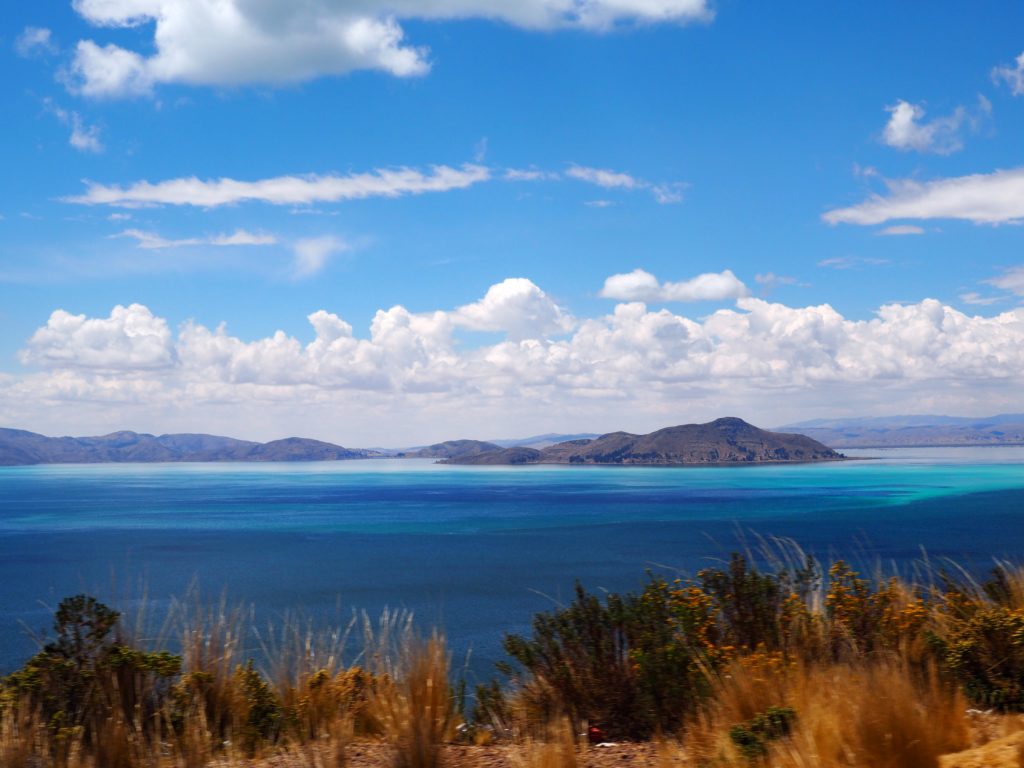
Quick facts and tips to help you plan a trip to Copacabana
- Copacabana is around 150 km away from La Paz.
- If you are not booking your tickets in advance, it is better to take the bus in La Paz from the cemetery instead of the terminal. You will have more buses to choose from and they are cheaper.
- Many frequent mini vans from La Paz, cost for a ride is 25 bolivians (BOB).
- The ride takes around 3,5 hours. Some parts of the road are without asphalt and very bumpy.
- The first part of the trip last around 2,5 hours until you get to the canal to cross the lake by boat. The passengers have to get off and purchase a boat ticket (2 BOB) and board the van on the other side.
- In Copacabana you can eat an excellent trout. I would recommend however, not to eat in those restaurants along the shore, I heard some food poisoning stories from travelers that ate there. Maybe they were just unlucky.
- Copacabana is a high altitude place with strong sun. Remember to bring a hat and sunscreen. If you suffer from high altitude sickness, you can get some tips here. I would also recommend an oxygen bottles if you suffer as much as me.
- Carry change with you, we had lots of situations paying with bigger notes.
- Check the weather conditions and road status before embarking on your journey, especially during the rainy season when roads may be affected by landslides or flooding.
- Bring snacks, water, and any necessary medications, as there may be limited facilities along the way.
- Consider purchasing a Bolivian SIM card or portable Wi-Fi device for internet access during your travels, as connectivity may be limited in remote areas.
Bolivia is always so colorful. That’s what I love about this country most. There is so much originality there, traditions and legends. I have only been to a few places in Bolivia and I hope that one day I will go back there for more. In such a diverse country there is so much to see and do. I have been wondering what countries you would like to go back to? What do you like most about traveling?
Thank you for visiting, it is always nice to have you here. Have a lovely day, everyone.
Use my favourite travel resources to plan your dream trips
- Booking.com for searching best prices on accommodation.
- Discover Cars is a great website as they search both local and international car hire services, so you can choose the best deal for yourself. Make sure though, that the company has a good reputation and reviews.
- Get Your Guide is my place to go for searching and booking tours and excursions, especially when I travel solo.
- World Nomads travel insurance. I like them because they have quite extensive coverage of different activities.
- Jack’s Flight Club is a service that can save you hundreds of dollars on flights, it works especially well in Europe.
- Trivago where you can search and save on hotels.
- Go City is a perfect site for booking bucket list experiences and attractions all in one to avoid paying for multiple tickets. Easy and saves money.
- Trip Advisor– amazing for good quality recommendations.
- Skyscanner is a perfect website for searching flight routes and comparing prices.
Did you like the post? Pin it for later:
Please note that this post included affiliate links, when you decide to purchase anything through these links I get a small commission at NO extra cost to you, it helps me to keep running this blog! I only promote products and services I use or would use myself. All images are the property of Postcards from the World and cannot be used without permission.


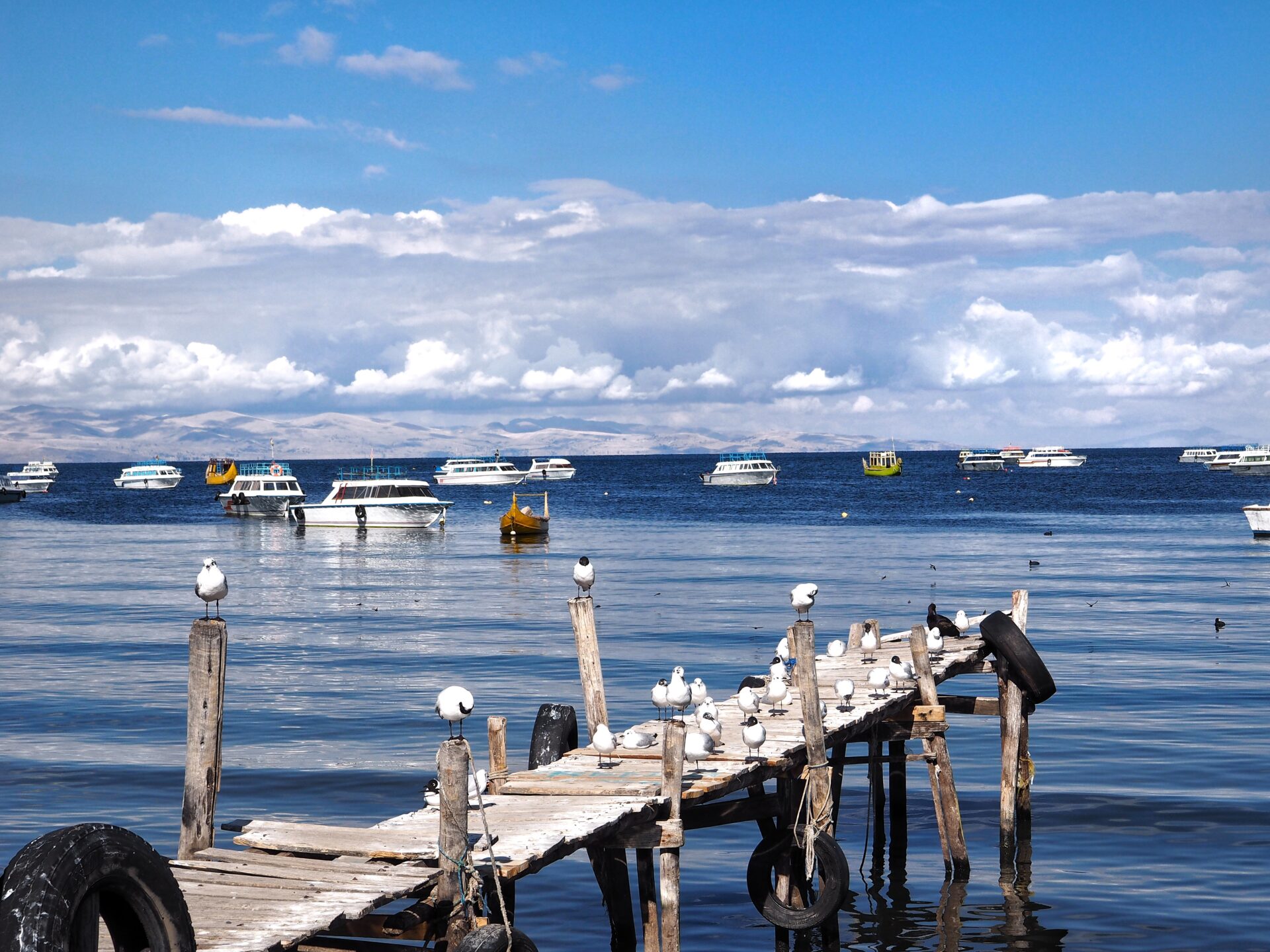
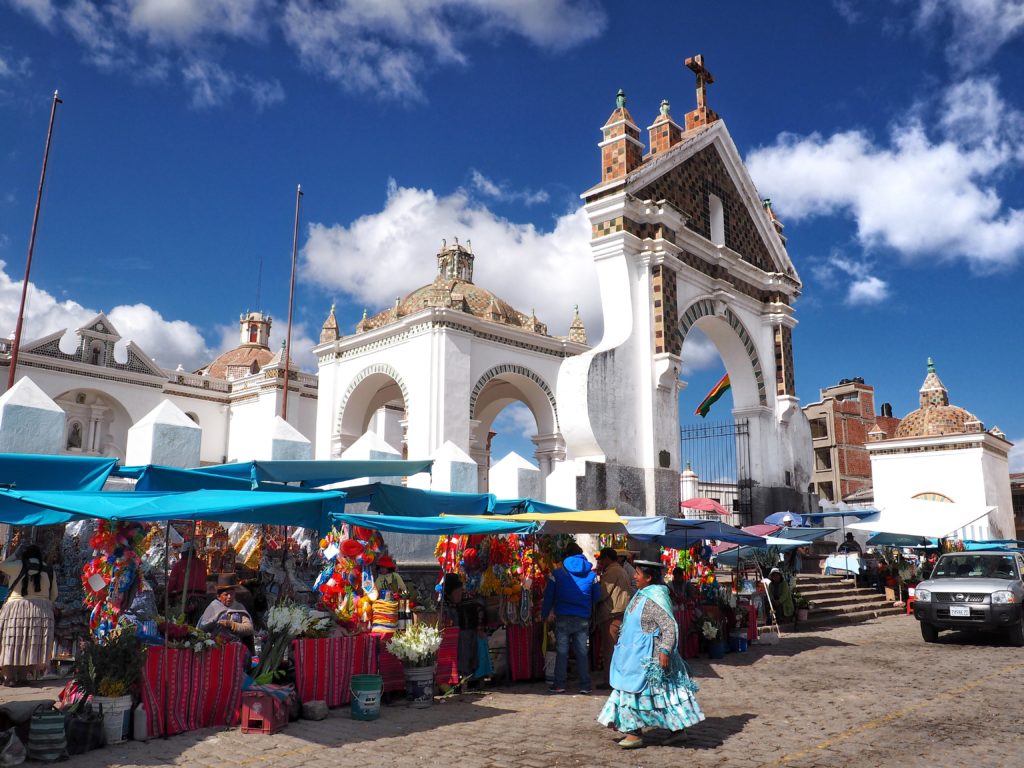
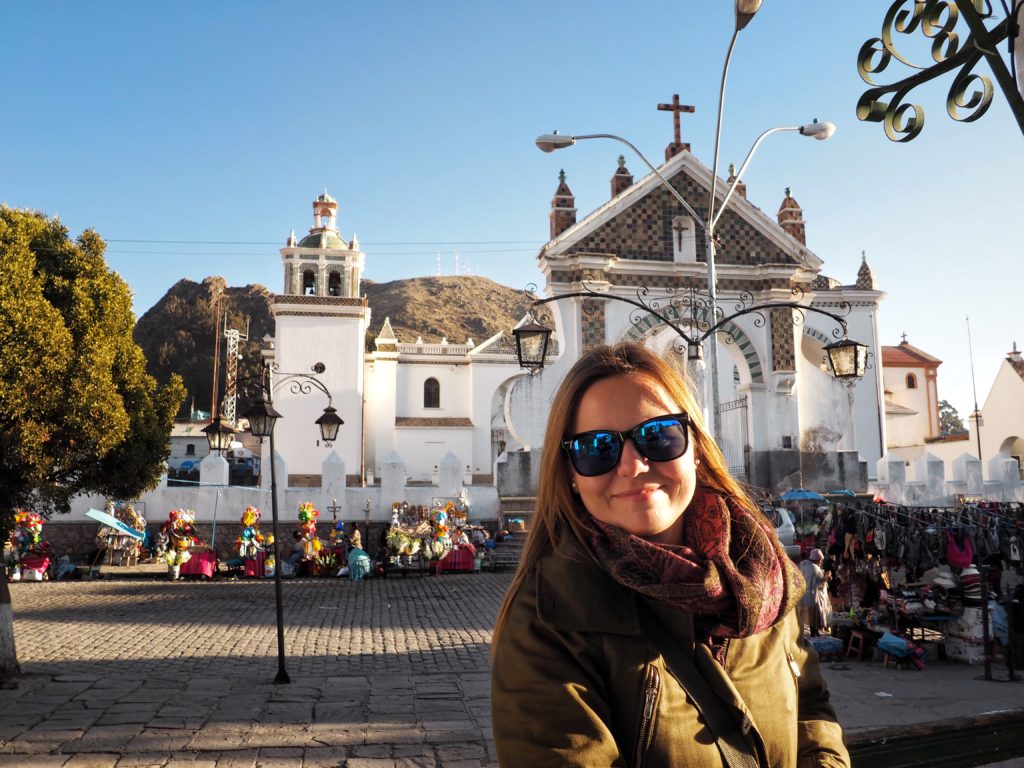
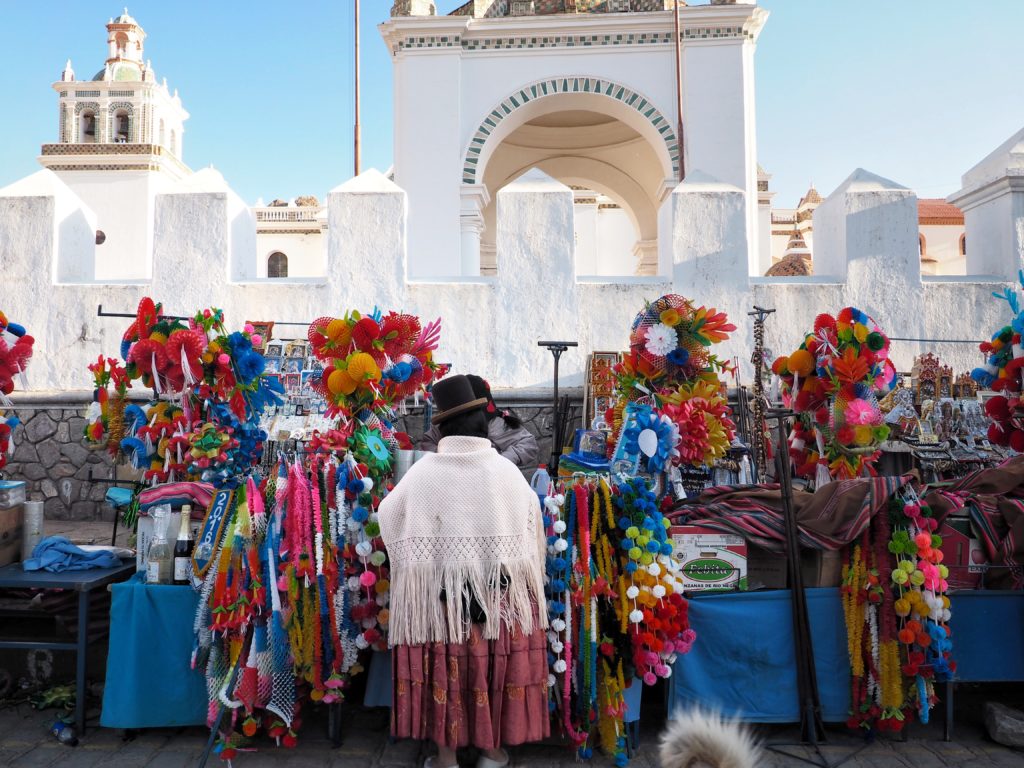
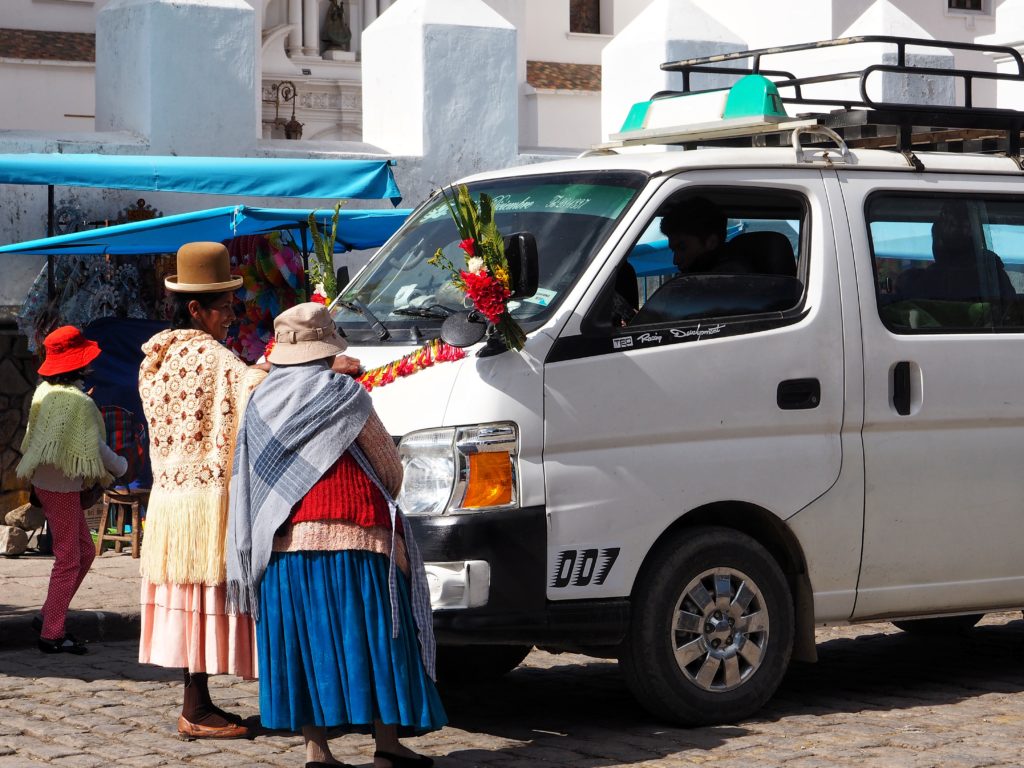
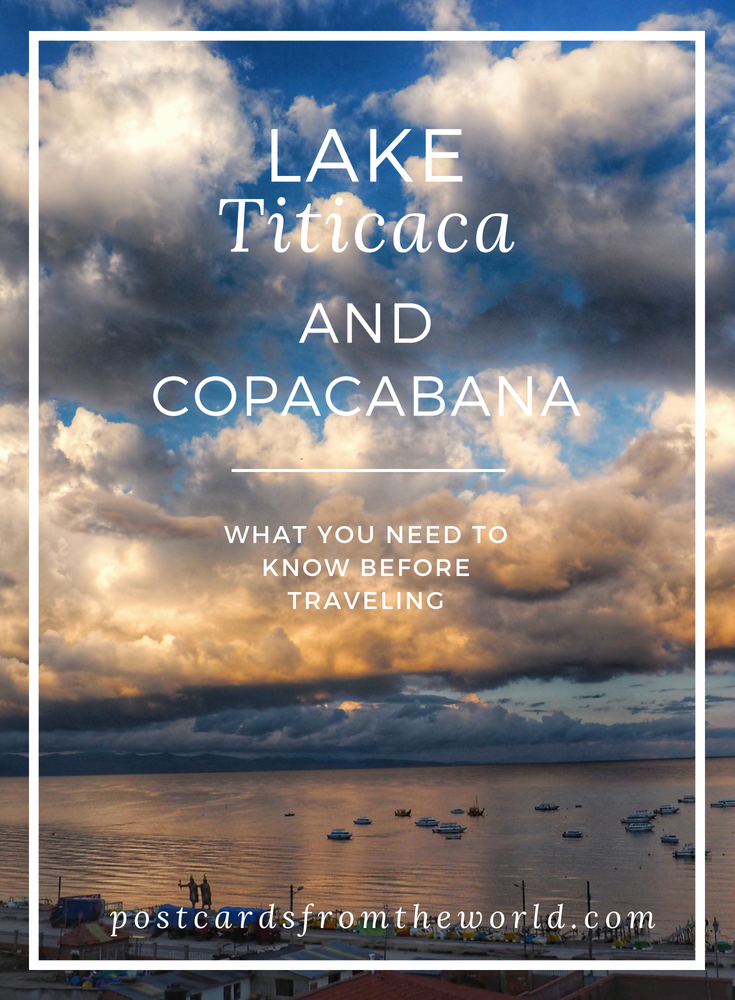
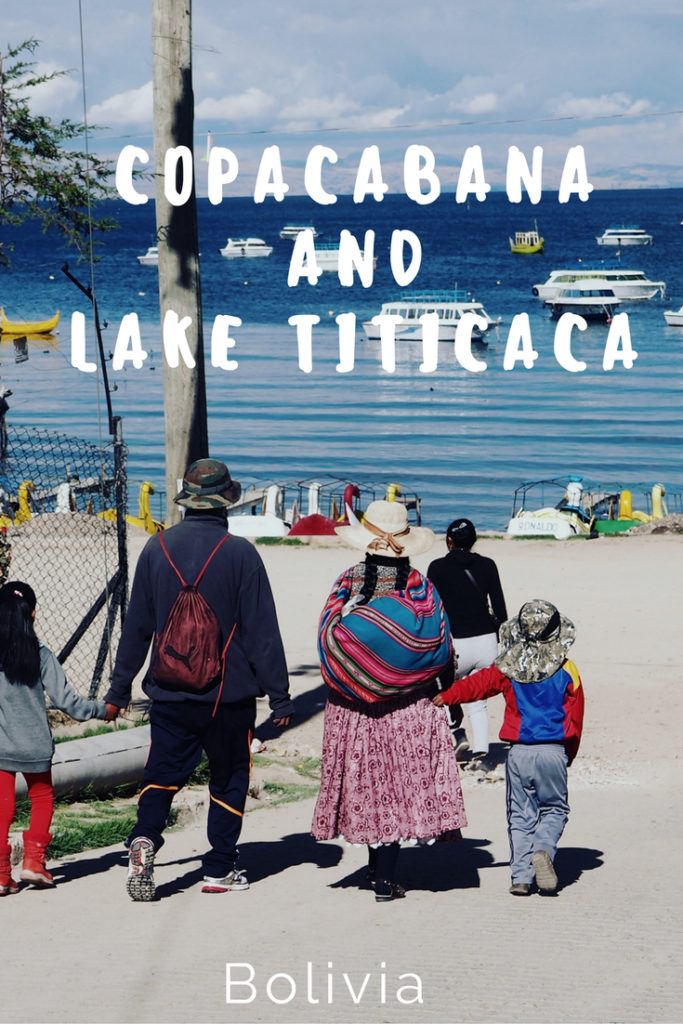
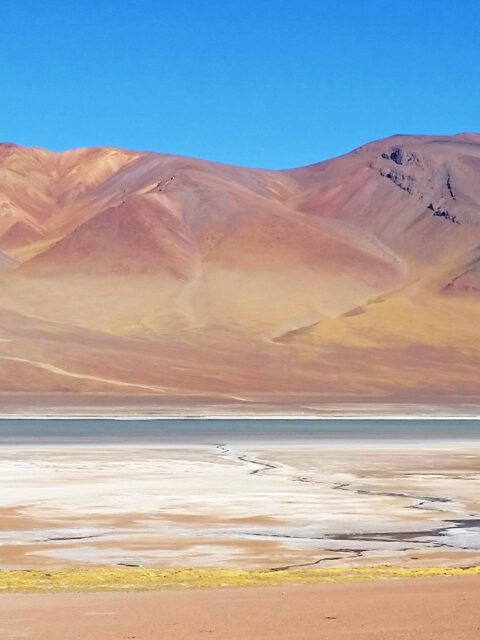
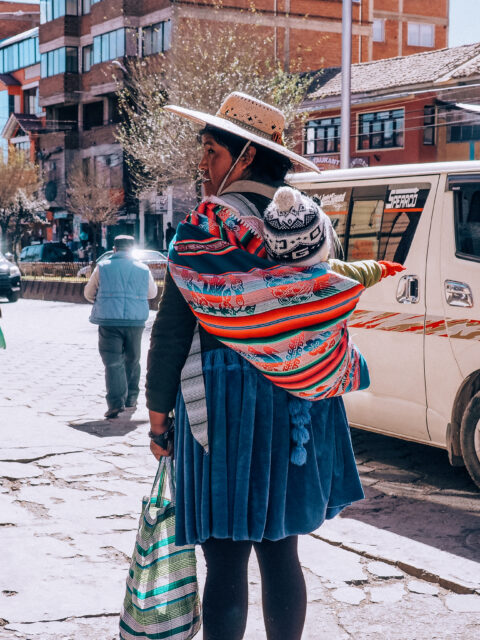
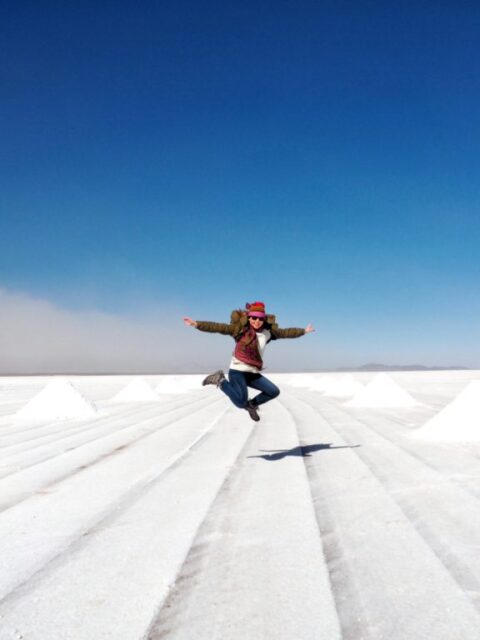
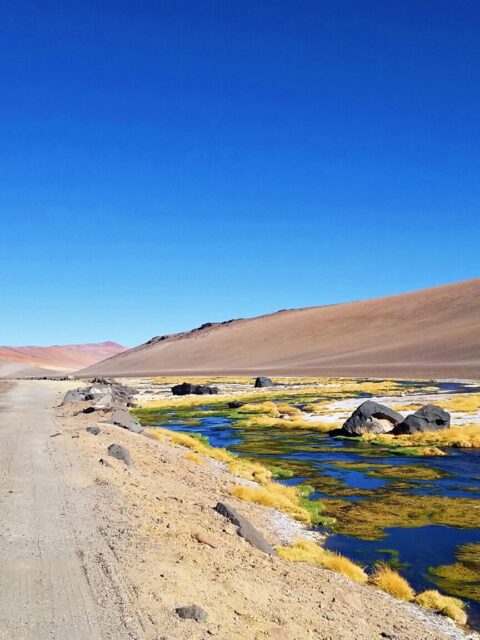
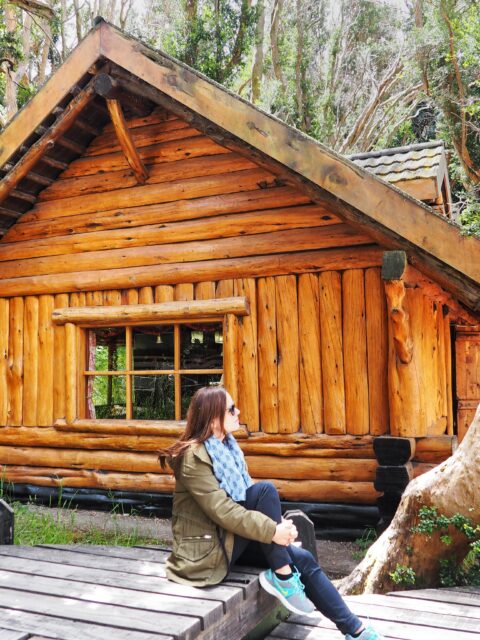
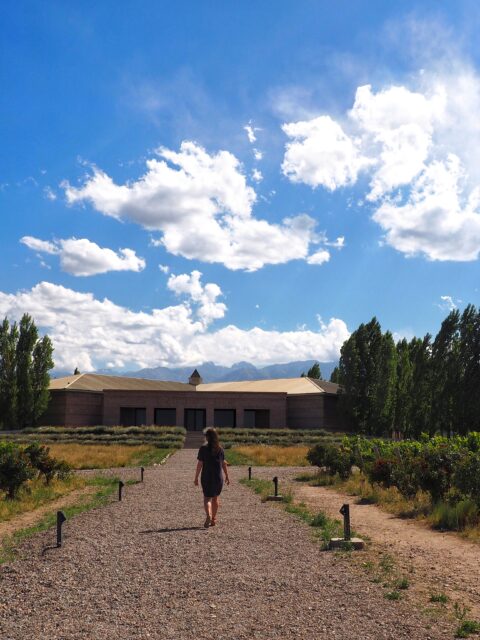
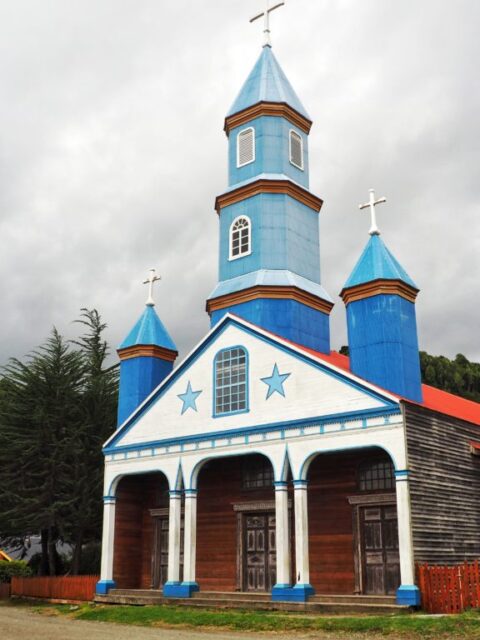
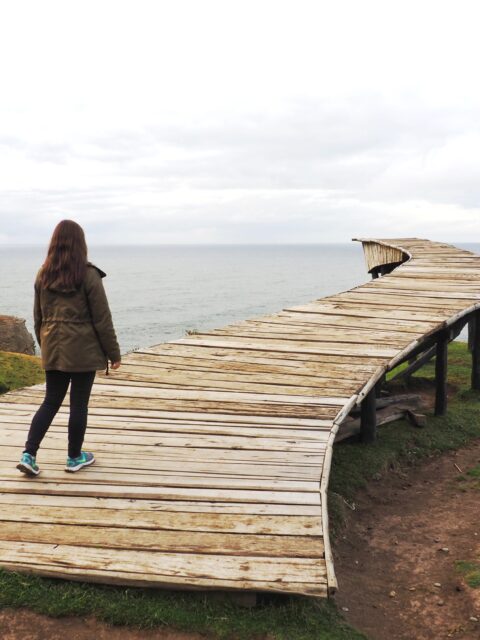
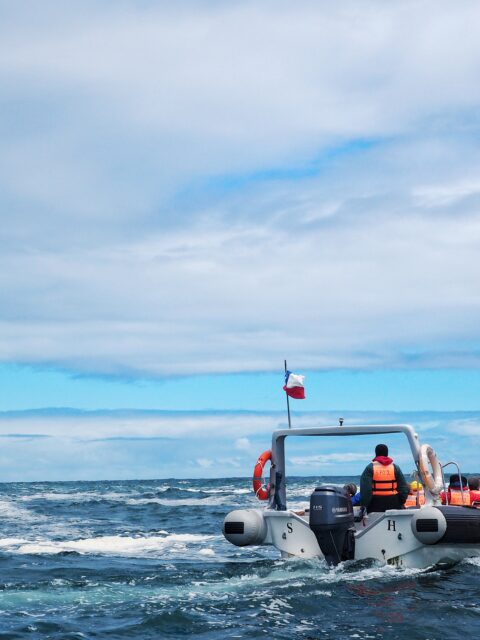
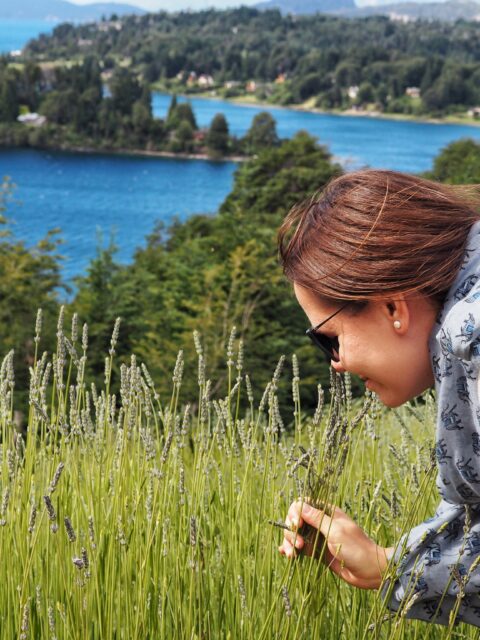




Looks like a pretty place but it sucks when you have a bullseye as a tourist. I don’t think I’d have enjoyed that either.
Frank (bbqboy)